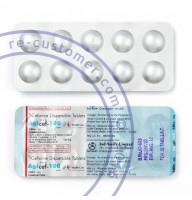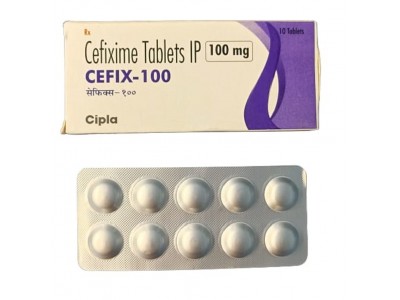Cefixime is a third-generation cephalosporin antibiotic used to treat a variety of bacterial infections. It works by interfering with the formation of the bacteria's cell wall, ultimately leading to the death of the bacteria. This makes it effective against a broad spectrum of gram-positive and gram-negative bacteria.
Cefixime is commonly prescribed for treating infections such as:
- Otitis Media (Middle Ear Infections): Particularly effective against Haemophilus influenzae, Streptococcus pneumoniae, and Moraxella catarrhalis.
- Pharyngitis and Tonsillitis: Caused by Streptococcus pyogenes.
- Bronchitis: Both acute and chronic bacterial exacerbations.
- Urinary Tract Infections (UTIs): Effective against Escherichia coli and Proteus mirabilis.
- Gonorrhea: Uncomplicated gonococcal infections caused by Neisseria gonorrhoeae.
- Uncomplicated Skin and Soft Tissue Infections: Effective against various bacteria that cause skin infections.
Cefixime is available in various forms, including tablets, chewable tablets, and oral suspension. Its dosing typically ranges from once to twice daily, which helps with patient compliance due to its relatively long half-life. The drug is well-absorbed orally and can be taken with or without food, although food may slightly delay its absorption.
Common side effects of cefixime include gastrointestinal disturbances such as diarrhea, nausea, and abdominal pain. Allergic reactions, though less common, can occur and may manifest as rash, itching, or more severe symptoms like anaphylaxis in sensitive individuals.
It is important to use cefixime only under the guidance of a healthcare provider, as inappropriate use can lead to antibiotic resistance, reducing its effectiveness. A healthcare professional will determine the appropriate dosage and duration of treatment based on the specific infection and patient factors.

